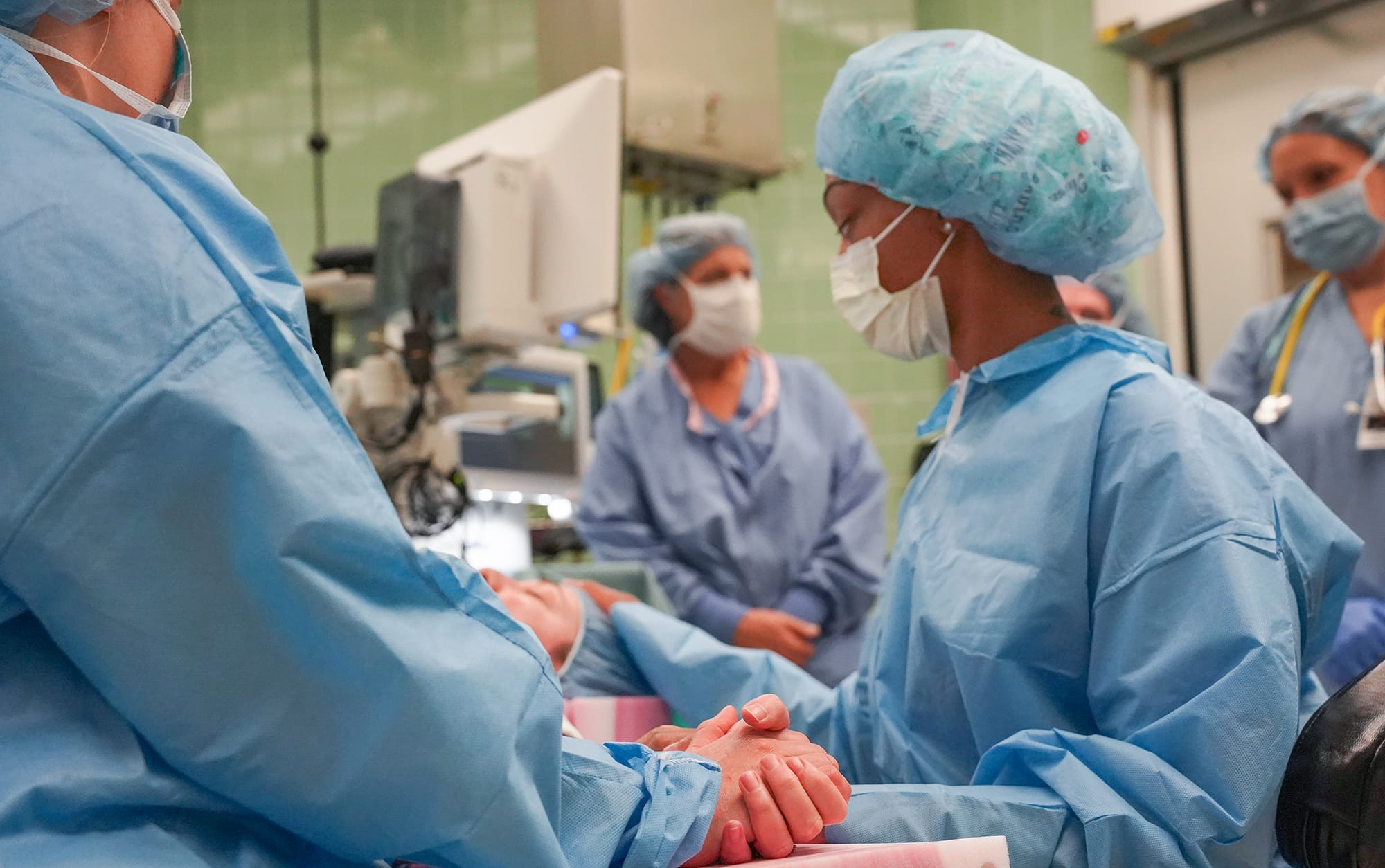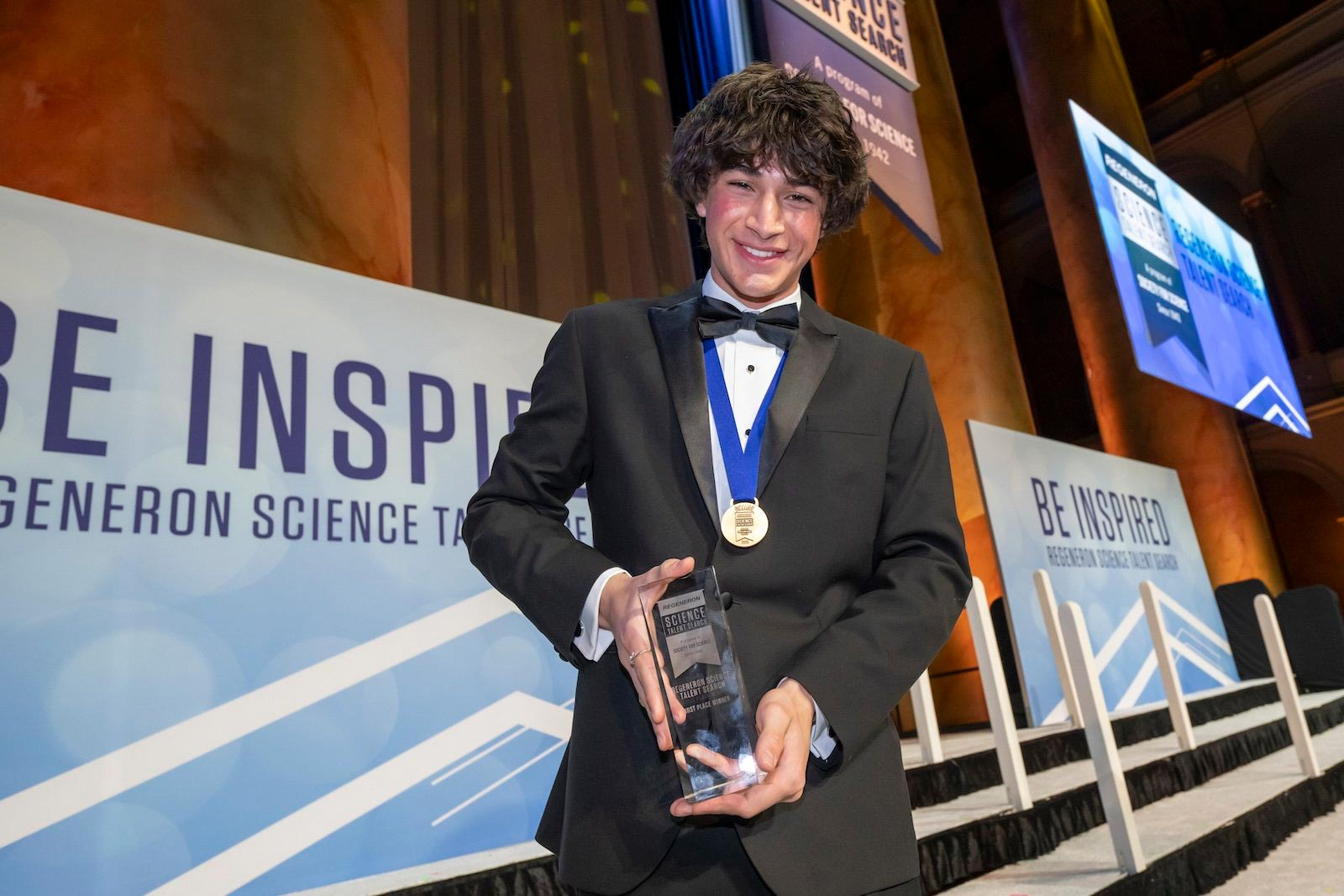Breakthrough Treatments That Are Saving Lives in 2025
The world of medicine is changing faster than ever. In 2025, we\’re seeing ground breaking innovations that are not just improving lives—but saving them. From AI-powered diagnostics to gene editing therapies, healthcare is entering a new era where science fiction is becoming medical reality.
Gene Therapy Goes Mainstream
Once a distant dream, gene therapy is now being used in mainstream clinical treatment. In 2025, researchers have fine-tuned techniques like CRISPR-Cas9 to safely and effectively treat rare genetic disorders and even some forms of cancer.
- Sickle Cell Disease: Patients are now receiving one-time gene edits that correct the faulty hemoglobin gene—offering lifelong relief.
- Cancer Treatment: CAR-T cell therapy, once experimental, is now a frontline treatment for aggressive leukemia and lymphoma.
Gene therapy\’s potential extends beyond rare diseases. Scientists are currently exploring how gene-editing can help tackle common conditions like Type 1 diabetes and Alzheimer\’s. It\’s not just a treatment—it\’s a transformation.
AI Is Diagnosing Diseases Faster Than Ever
Artificial Intelligence is no longer just a buzzword. In 2025, it\’s becoming a trusted partner in hospitals and clinics. AI tools are analyzing medical images, predicting patient deterioration, and even helping doctors prioritize critical cases.
For example, Google\’s DeepMind recently released a model capable of detecting over 50 eye conditions with expert-level accuracy, allowing early treatment and improved outcomes.
Key benefits of AI diagnostics:
- Faster turnaround time for test results
- Higher accuracy in image-based diagnoses (X-rays, MRIs)
- Reduced burden on overworked healthcare systems
While AI won’t replace doctors, it’s becoming an indispensable tool—enhancing decision-making, reducing errors, and saving lives.
Regenerative Medicine: Healing From Within
Regenerative medicine—using the body’s own mechanisms to repair or replace damaged tissues—is seeing unprecedented advances in 2025. Scientists are growing human tissues and even organs using stem cells, offering hope to patients on transplant waiting lists.
Notable breakthroughs include:
- 3D-bioprinted skin: Now used to treat burn victims, especially in conflict zones and natural disaster areas.
- Stem cell therapy for spinal injuries: Helping restore mobility in patients who had previously lost hope.
These developments are not just about recovery—they\’re about dignity, independence, and a higher quality of life.
Wearable Tech That Detects Disease Before Symptoms Start
Wearables in 2025 go far beyond counting steps. Smart patches, biosensors, and even AI-integrated watches can now monitor heart rhythms, detect abnormal glucose levels, and alert users to early signs of infection or inflammation.
Recent innovations include:
- Apple Watch detecting atrial fibrillation with 97% accuracy
- Bio-wearables that track blood oxygen levels and hydration in real time
With predictive analytics, wearables are not only reacting to problems but preventing them altogether.
Precision Medicine Is Personalizing Care
“One-size-fits-all” is fading fast. In 2025, precision medicine—treatment based on an individual’s genetics, lifestyle, and environment—is reshaping how we approach everything from cancer to mental health.
For instance, DNA-based antidepressant matching now reduces trial-and-error periods for psychiatric medications by up to 70%.
Tailored medicine leads to:
- Fewer side effects
- Better patient compliance
- Faster recovery times
Precision medicine isn\’t just a buzzword—it\’s better medicine, designed just for you.
Looking Ahead: A New Era of Hope
The future of healthcare isn’t on the horizon—it’s already here. These breakthrough treatments in 2025 aren’t just changing medicine—they’re saving lives, enhancing quality of care, and bringing us closer to a future where disease is detected earlier, treated faster, and often prevented altogether.
While these innovations are exciting, their success depends on accessibility, ethical deployment, and global collaboration. As the science continues to evolve, so must our systems and policies.
If you’re inspired by these breakthroughs, explore our Science That Matters section for more stories that highlight how innovation is improving lives every day.





Post Comment